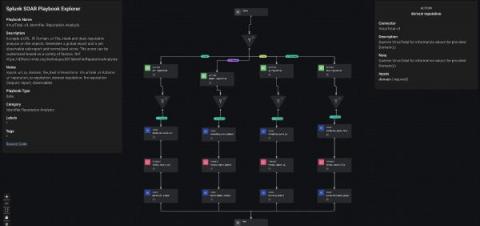Splunk Becomes a TISAX Participant
Co-author: Matthias Maier, Product Marketing Director at Splunk. With increasing focus on implementing security standards within the digital supply chain, national and industry-specific certifications have become increasingly important. Today, we are excited to announce that Splunk Services Germany GmbH has become a TISAX participant. The alignment with TISAX requirements demonstrates Splunk’s continued commitment to support the heightened security expectations in the automotive industry.











